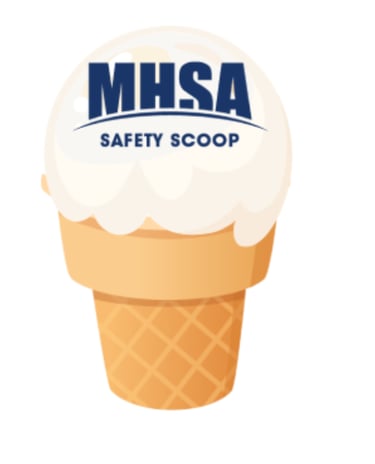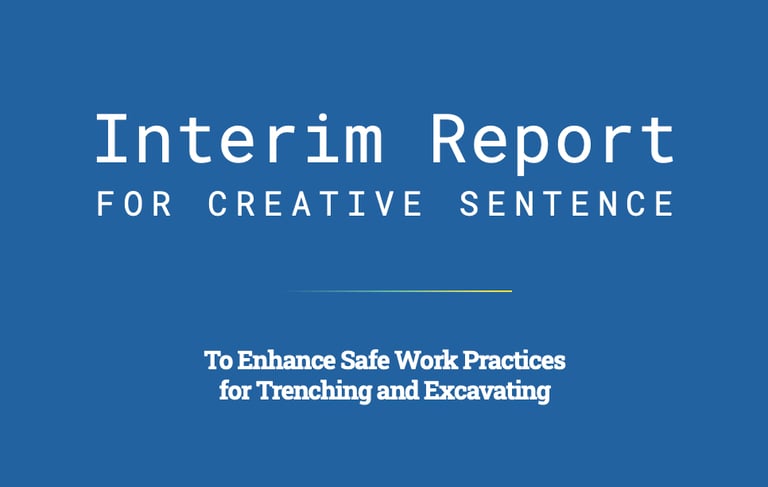Current Research Projects
Safety Survey
Help us make your workplace safer!
Because no one knows what you do better than you, we're asking you to complete a short 10-20 minute survey that looks into the crucial factors that contribute to a safer work environment through Learning, Leading, and Looking After one another.
Coming Soon !
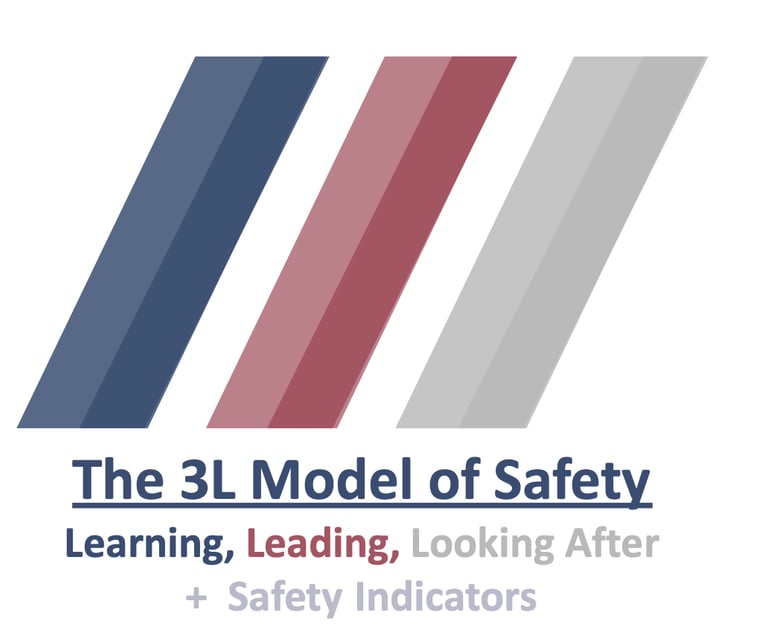

Safety Scoop: Brain Science for Safety Conversations
August 2025 Safety Scoop in Collaboration with the Manufacturing Health & Safety Assocation (MHSA)
We partnered with MHSA for a feature Safety Scoop on understanding Brain Science for Safety Conversations.
We cover topics including how your brain takes in information, how you can approach communication using effective strategies, and how to communicate depending on who you're talking to. Understanding how all these pieces come together is important for communicating about safety effectively and keeping your workplace safe!
Here's the scoop:
Effects of Fatigue
Memory Limitations
Threat Response
Conference Posters
Serious Injuries and Fatalities: A Case Study of Organizational Factors in Heavy Mining
Poster presented at Canadian Psychological Association's (CPA) 86th Annual General Meeting and National Convention. St. John's NL, June 12-14, 2025. A socio-technical systems field study was conducted at an open pit coal mining facility in Alberta. The research question was to what extent to human and organizational factors contribute to serious incidents and fatalities. We conducted 102 interviews with management and hourly employees. Also, 265 surveys were completed by hourly employees. Surveys assessed constructs such as safety culture, pressure to perform, availability of PPE, crew trust, crew collective self efficacy, and individualintentions to behave safely. All scales had adequate reliability and intra-class correlations indicated crew mean differences for some of the constructs. Dependent variables as proxies for safety included single items: In this crew we trust each other to be safe and This is a safe place to work. We find that contribution equity and crew collective self-efficacy are the strongest correlates of these dependent variables. Interview results reveal 17 themes organized in levels of the organization: Management, safety department, training department, crew/team, leadership/supervision, employee, and union. Our results reveal that all levels of the organization and its functioning potentially play a role in safety behaviour, which likely has downstream implications for serious injuries and fatalities. This aligns with a Safety II and Human and Organizational Performance (HOP) treatment.
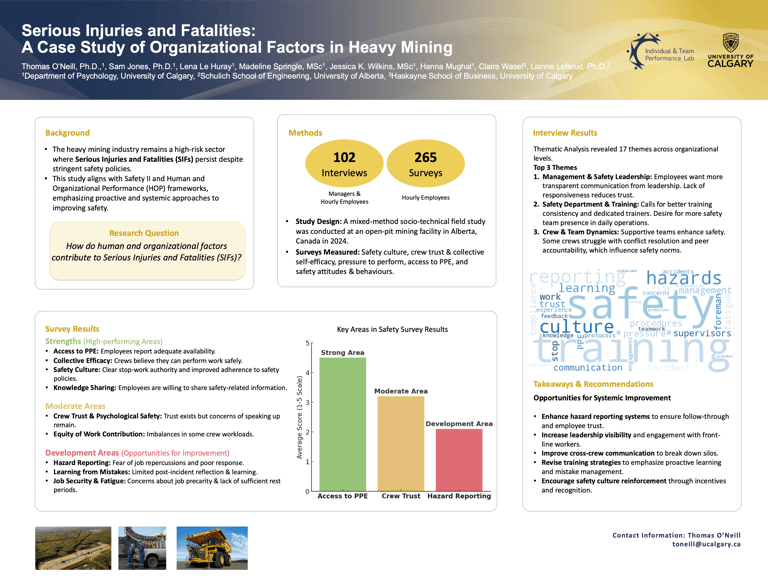

Creating Safer Workplaces: The Role of Human and Organizational Factors in Serious Injuries and Fatalities (SIFs)
Poster presented at ASPIRE - The 69th HFES International Annual Meeting. Chicago, Il, USA. October 12-17, 2025.
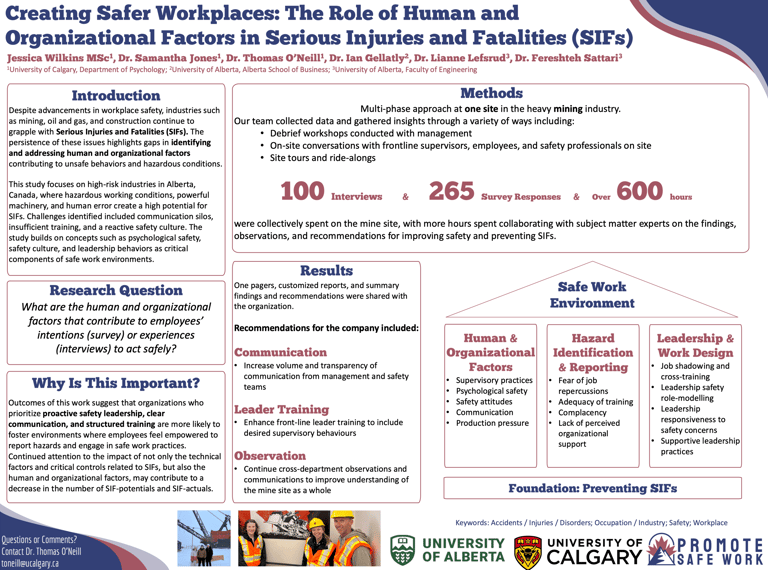

Creative Sentences
Building Resilience into Safety Management Systems - Precursors and Controls to Reduce Serious Incidents and Fatalities
Led by Faculty in the David and Joan Lynch School of Engineering Safety and Risk Management, University of Alberta.
Mining is an industry with many high-energy hazards. Thus, the overarching objective of this creative sentencing research is to understand the hazards that cause Serious Incidents and Fatalities (SIF) in mining operations, the causes, and the most effective controls to prevent fatalities. When people make mistakes, how do we ensure that there are layers of protection so that they ‘fail safely’, rather than ‘failing lucky’, or worse ‘failing unsafely/unlucky’?
Enhancing Safe Work Practices for Trenching and Excavating - Interim Report
Led by Faculty in the David and Joan Lynch School of Engineering Safety and Risk Management, University of Alberta.
On June 6, 2021, a worker was operating an excavator next to the Susan Lake Waterbody to build a berm when the bank slumped into the clear water system. The cab of the excavator was fully submerged and the worker was fatally injured. Syncrude agreed to a creative sentence to assist in the development of methods to prevent serious incidents and fatalities associated with trenching and excavating, particularly around water and ice.
Where Have We Been?
Edson, Alberta

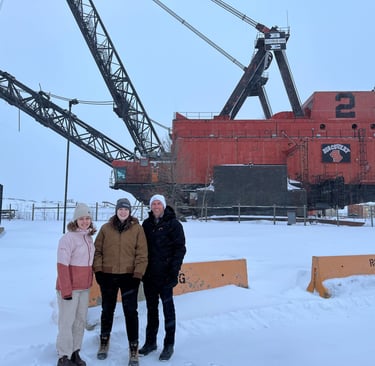
Fort McMurray, Alberta
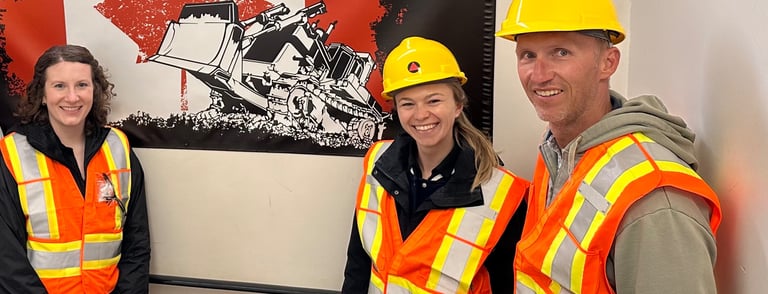

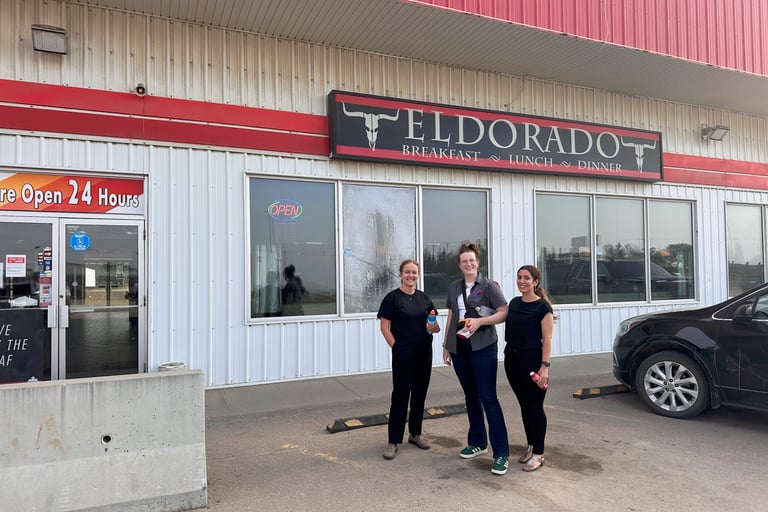

Meet the Team
Learn more about the people behind the research and projects promoting safe work in Alberta.
Promote Safe Work
Exploring safety in high-risk organizations.
Want updates straight to your inbox?
subscribe to our newsletter to learn more about our projects on the go.
Calgary, AB, Canada
© 2025. All rights reserved.



